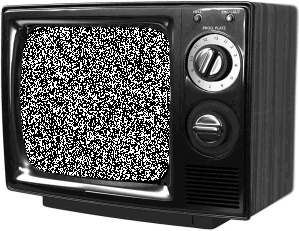How old is the cable news audience? According to a piece by Frank Rich in New York Magazine, real old. And real white.
With a median viewer age now at 68 according to Nielsen data through mid-January (compared with 60 for MSNBC and CNN, and 62 to 64 for the broadcast networks), Fox is in essence a retirement community.
Two percent of Mitt Romney’s voters were black. According to new Nielsen data, only 1.1 percent of Fox News’s prime-time viewership is (as opposed to 25 percent for MSNBC, 14 percent for CNN, and an average of roughly 12 percent for the three broadcast networks’ evening news programs)


